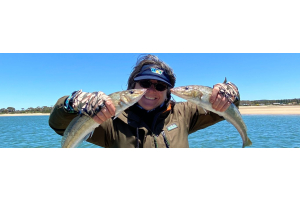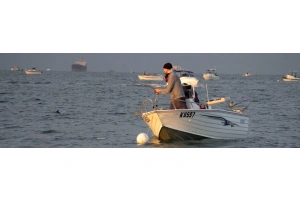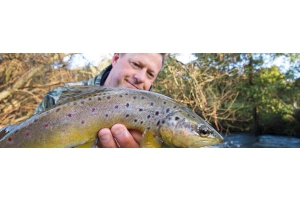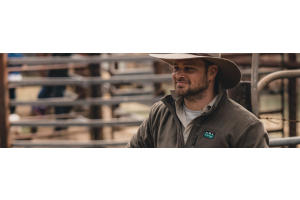
Mastering Snapper Fishing: Expert Tips & Tricks for Success!
Renowned Fishing Journalist and photographer Jarrod Day of Spooled Magazine is back with more expert advice, this time on how you can master snapper fishing.
@jarrodday_outdoors @spooledmagazine
Spring is in the air and there is no better time than now to be out targeting snapper in Victoria. Snapper migrate to Western Port and Port Phillip Bay from September to March, with the feeding frenzy happening in October and November.
Catching snapper is no easy feat, they are heavily affected by barometric pressure and can completely shut down on a falling barometer, but the reverse if the barometer jumps, and they go crazy.
Spring time snapper tend to be a little lethargic given the low water temperature having them seldom feed. Catching them requires patience and timing is everything.
Top tips:
- Fish during the rising barometer
- South, south westerly, and westerly winds are preferred
- Fish at first light with a high tide change
- Ensure your rods, reels and line are in good working order
- Use fresh and or good quality bait
- Use berley
When you do head out, it is imperative that you know how, and can understand your fish finder. Driving out and just dropping near other anglers is not going to help get you fish. More often than not, the best fishing can be had when you are fishing by yourself away from other anglers.
When the water temperature increases to around 19 degrees, the snapper really begin to fire up. This is around November and at this point, they will swim off the smaller inshore reefs and begin to actively feed on the mud, devouring almost anything they come across. This is where setting a berley trail of cubed pilchards work wonders.

Rods & Reels
Snapper aren’t your typical fish that will bring you to your knees during battle, rather they will initially run a good 20 meters in the first run. Then a few further runs after that, before dogging it out a little under the boat just prior landing. In saying that, if you’re fishing Western Port, they certainly do fight harder due to the force of the current you also have to contend with.
The standard Port Phillip Bay outfit is a typical 7’ or 7’6” one or two-piece rod with a 6-8kg line rating and 4000 size spinning reel loaded with 6-8kg monofilament. While in Western Port, a similar length rod with a line rating of 10-15kg’s mounted with either an overhead or spin reel loaded with 30-50lb braided line.
You’ll notice the significant line rating difference in the two rods, which is dictated by the strength of the current in Western Port as well as the weight of the sinker required to hold you bait on the bottom.
The Rigs
Depending on where you are fishing, there are three distinct snapper rigs to use. The first is a “running sinker” or “Stray line” rig, which consists of a size 1 or 2 ball sinker running freely above a swivel or below a swivel to the hook of a snelled hook set. This rig allows a whole pilchard, silver whiting or garfish to be cast out and left to slowly sink to the bottom in the berley trail.
The second rig is the humble paternoster rig with two droppers and a sinker at the end of the rig. This is for when you’re at anchor and you have cast out your stray line rigs, you can fish further rods beneath the boat. These are highly effective, especially when you have anchored over the top of a snapper school.
The third rig is a running rig also, but much heavier for fishing in Western Port. This particular running rig is tied from a meter or more length of 60lb leader with a snelled hook set. However, above the swivel, an Ezy rig sinker clip is used. The Ezy rig clip is a piece of plastic with a metal clip used to slide up and down your mainline so that you can alternate sinker weights depending on the strength of the current.

The Bait
Aforementioned, Pilchards, Silver whiting and garfish are top snapper baits. There are plenty of others as well such as fresh calamari, sauries and even fresh strips of salmon, silver trevally and tuna.
When rigging baits, don’t rush, always take your time and get the hook placement right. Try to have the bait look as natural as possible with as much hook exposure as possible.
You want to maximize your hook up rate and by having the bait bunched up covering the hook’s points will only prevent a solid hook set.

So there you have it in a nutshell, a few hints and tips to get you on your way to snapper success.










